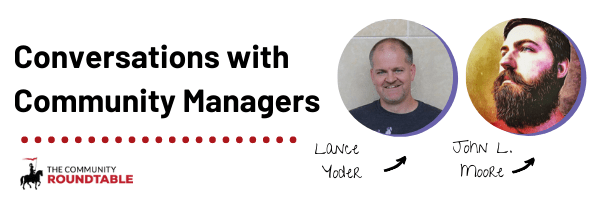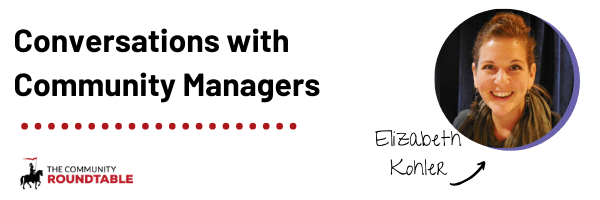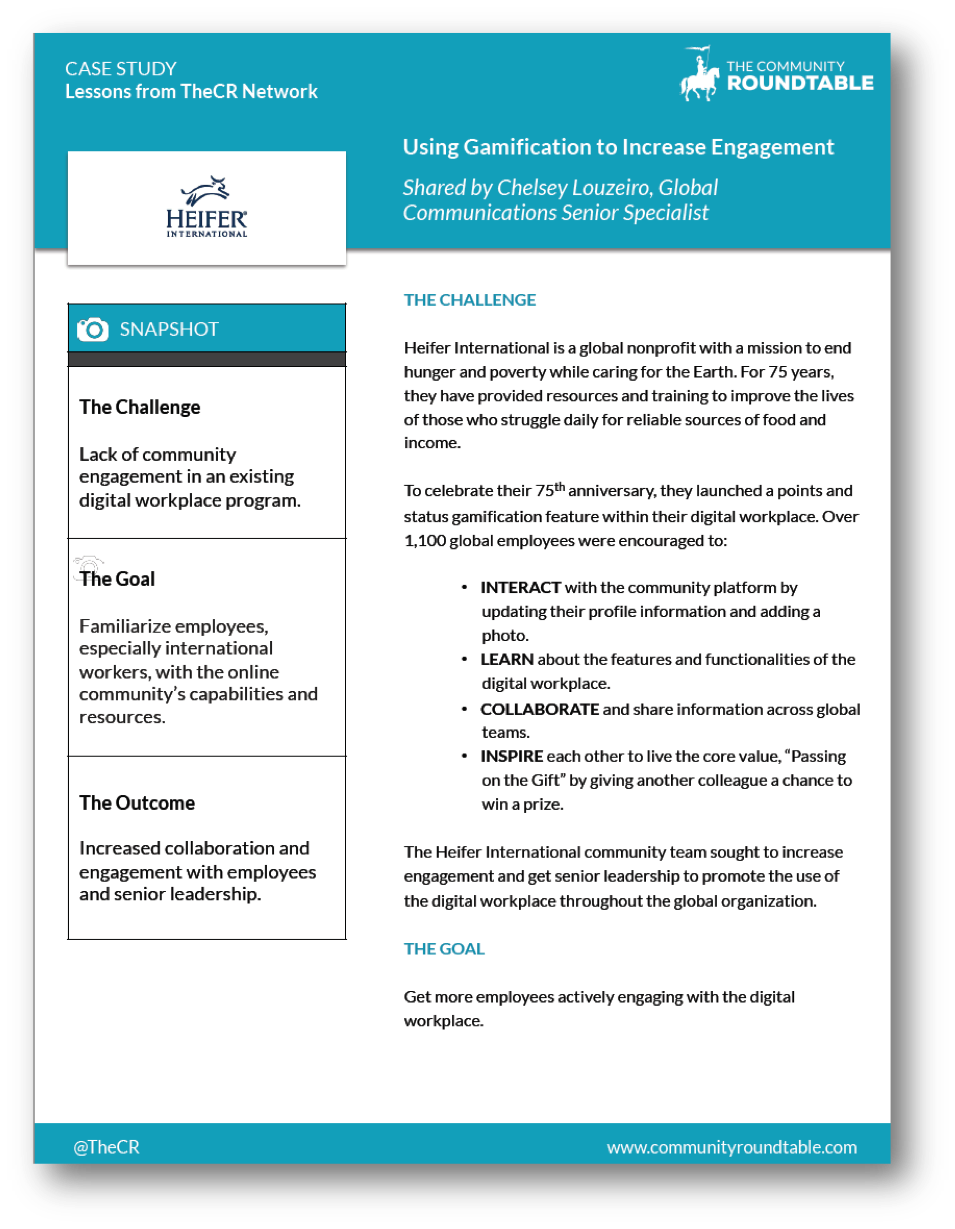
Join the community experts at The Community Roundtable as they chat about online community management best practices with a wide range of global community professionals. Topics include increasing online audience engagement, finding and leveraging executive stakeholders, defining and calculating online community ROI, and more.
Episode #75 features Lance Yoder, Manager, Workforce Adoption and Collaboration, Cerner and John L. Moore, Lead Technology Architect and Microsoft MVP at Cerner.
Lance and John share how they use Office 365 to unite their global workforce in over 18,000 communities. They also share the genesis of their popular “What to use, When?” graphic, and share ideas for improving workplace collaboration.
![thumbnail image 1 of blog post titled
[Ignite Recap] Cerner finds sweet spot with Microsoft 365 Groups, SharePoint, Teams and Yammer](https://techcommunity.microsoft.com/t5/image/serverpage/image-id/157703iA45F1744556E5694/image-size/large?v=1.0&px=999)
This episode of Conversations with Community Managers is sponsored by Microsoft.
Listen now:
Podcast: Play in new window | Download
Listen to more episodes of Conversations with Community Managers.
About Conversations with Community Managers*
To better reflect the diverse conversations our podcast covers we’ve changed the name of our long-running series to Community Conversations.
Community Conversations highlights short conversations with some of the smartest minds in the online community and social business space, exploring what they’re working on, why they do what they do, and what advice they have for you.
These episodes are a great way to begin to understand the nuances of community strategy and management.
Each episode is short (usually less than 30 minutes) and focuses on one community management professional.




 Rachel shared some thoughts earlier this week on the J. Boye blog. In a post entitled
Rachel shared some thoughts earlier this week on the J. Boye blog. In a post entitled 